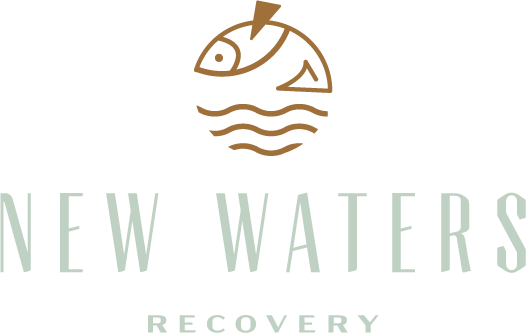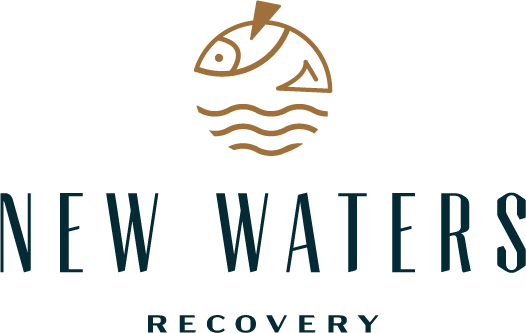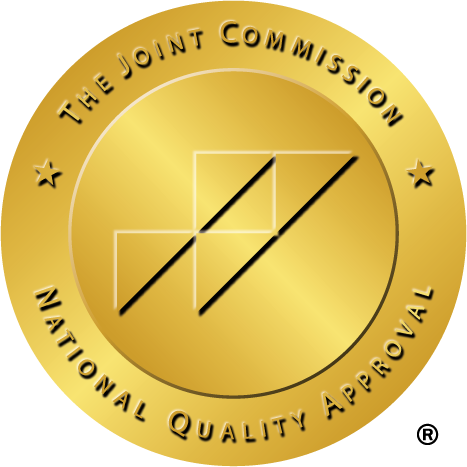Table of Contents
Key Points
- HALT stands for Hungry, Angry, Lonely, and Tired – four physical and emotional states that often trigger cravings or poor decision-making during addiction recovery.
- The HALT framework provides immediate action steps and preventive strategies, shifting focus from crisis management to proactive self-care.
- Effective implementation requires consistency through regular check-ins, personalized response plans, pattern tracking, and integration with existing routines.
- Beyond basic application, HALT works alongside other recovery tools like DUST, RAIN, and SOBER, while persistent HALT conditions may signal the need for professional intervention.
In recovery from addiction, understanding personal triggers plays a vital role in maintaining sobriety. The HALT acronym serves as a practical tool that helps people identify common states that might increase vulnerability to relapse. This simple but powerful framework reminds people in recovery to pay attention to their basic needs as part of their overall wellness strategy.
What Does HALT Mean?
HALT stands for Hungry, Angry, Lonely, and Tired.[1] This acronym identifies four basic physical and emotional states that often trigger cravings or poor decision-making in recovery.
- Hungry: Physical hunger affects mood and judgment, creating stress that might lead to relapse.
- Angry: Unmanaged anger produces powerful emotions that people in recovery might try to escape through substance use.
- Lonely: Isolation removes crucial support systems and creates emotional voids that substances previously filled.
- Tired: Physical and mental exhaustion weakens willpower and makes rational thinking more difficult.
Recovery specialists encourage people to check these four conditions regularly. By addressing these basic needs promptly, people maintain better emotional balance and strengthen their recovery foundation.
The power of HALT lies in its simplicity and immediate practicality. Many people in recovery report that their highest-risk moments occurred when multiple HALT factors combined simultaneously. For example, someone might feel especially vulnerable when they return home hungry after a long, tiring day at work, during which they experience conflict with colleagues. These compounding factors create a perfect storm of vulnerability.
Recovery coaches teach people to develop personalized response plans for each HALT condition. This might include keeping healthy snacks accessible, practicing anger management techniques, maintaining an emergency contact list for lonely moments, and establishing consistent sleep routines. Regular practice transforms HALT from a simple concept into an automatic self-check mechanism that supports long-term sobriety.
How Does It Help?
HALT provides a practical framework for self-awareness during recovery.[2] This tool helps people in a number of important ways:
- Immediate action steps: Instead of feeling overwhelmed by cravings or urges, HALT offers clear, actionable solutions. Eat something. Process anger. Call someone. Rest.
- Prevention focus: The acronym shifts attention from crisis management to prevention. Regular self-checks help people address needs before they intensify.
- Simplified complexity: Recovery involves complex psychological processes, but HALT distills crucial elements into memorable, manageable components.
- Physical and emotional integration: HALT reminds people that physical states (hunger, fatigue) and emotional states (anger, loneliness) interconnect and require equal attention.
HALT can be adapted into daily routines as well, rather than only using it during moments of high stress. Many treatment programs encourage morning HALT check-ins as part of regular recovery maintenance. This proactive approach transforms the tool from a crisis intervention into a foundation for sustained wellness.
Common HALT Triggers and Warning Signs
Each HALT condition presents unique warning signals that emerge before full-blown cravings develop. Learning to recognize these early indicators allows for preventive action.
- Hunger signs: Irritability appears before physical hunger. Difficulty concentrating, headaches, and shakiness indicate blood sugar fluctuations that recovery makes more noticeable.
- Anger indicators: Physical tension, especially in the jaw or shoulders, often precedes conscious anger. Defensive responses to neutral comments or black-and-white thinking signal emotional escalation.
- Loneliness warnings: Social withdrawal begins with small decisions like canceling plans or avoiding calls. Excessive social media scrolling often substitutes for meaningful connection without providing relief.
- Tiredness markers: Decreased attention span and decision fatigue show up before physical exhaustion. Procrastination increases while motivation diminishes, creating vulnerability.
Environmental factors often compound these conditions. High-risk locations, anniversary dates, or contact with certain people might intensify HALT responses. The intersection between physical state and environment creates most high-risk situations. Recovery programs teach people to recognize these connections and address them promptly.
How to Implement HALT in Daily Life

Effective HALT implementation requires consistency and personalization. Recovery thrives on routine, not occasional interventions. Many therapists recommend starting with a simple morning check-in ritual that takes less than five minutes.
- Set reminders: Phone alarms or recovery apps prompt regular HALT assessments throughout the day.
- Create response plans: Develop specific strategies for each HALT state before they occur. Stock healthy snacks for hunger. Practice breathing exercises for anger management.
- Track patterns: Keep a basic HALT journal noting which conditions affect you most frequently. This reveals personal vulnerability areas.
- Share with supporters: Tell trusted friends about your HALT practice. Their awareness helps reinforce your commitment.
- Combine with existing habits: Attach HALT checks to routine activities like brushing teeth or commuting to increase consistency.
The goal involves making HALT second nature rather than something remembered only during difficult moments. People who practice HALT regularly report greater overall emotional stability and fewer intense cravings over time.
I’ll create a section with an introduction and bullet points using colons, as requested.
Other Recovery Acronyms and Tools
The recovery community has developed numerous memory tools beyond HALT that address different aspects of maintaining sobriety. These additional frameworks complement HALT by targeting specific challenges in the recovery journey.
- DUST: Stands for Dwelling on resentment, Unrealistic expectations, Self-pity, and Tiredness, expanding the tiredness concept from HALT with additional emotional factors.
- RAIN: Recognize feelings, Allow them to exist, Investigate their source, and Non-identification (understanding you are not your feelings): a mindfulness approach to managing emotions.
- SLIP: Sobriety Losing Its Priority: a warning sign framework identifying when recovery commitment begins to weaken.
- SMART: Specific, Measurable, Achievable, Relevant, Time-bound: a goal-setting method adapted for recovery planning.
- FEAR: False Evidence Appearing Real: helps people evaluate whether perceived threats actually warrant emotional responses.
- SOBER: Stop, Observe, Breathe, Expand awareness, Respond mindfully: provides an in-the-moment protocol for handling triggers.
- THINK: True, Helpful, Inspiring, Necessary, Kind: a communication filter especially useful during emotional conversations.
When to Seek Additional Help
HALT provides a powerful self-management tool, but certain situations require professional intervention. People need additional support when HALT conditions persist despite consistent self-care efforts. Extended periods of depression, isolation that lasts more than a few days, or anger that turns to rage indicate underlying issues that HALT alone cannot address. These persistent states might signal co-occurring mental health conditions requiring specialized treatment approaches.
Addiction and medical professionals play a vital role when physical symptoms accompany emotional states. Sleep disorders, chronic pain contributing to irritability, or nutritional deficiencies affecting mood all benefit from professional assessment. Recovery counselors emphasize that seeking help demonstrates strength rather than weakness. The most successful recovery journeys combine self-management techniques like HALT with appropriate professional guidance, creating a comprehensive approach that addresses both immediate triggers and underlying causes.
Frequently Asked Questions About HALT
Sources
[1] [Box], HUNGRY, ANGRY, LONELY, TIRED. (2023). Nih.gov; Substance Abuse and Mental Health Services Administration (US). https://www.ncbi.nlm.nih.gov/sites/books/NBK601489/box/ch2.b11/?report=objectonly on April 10, 2025
[2] HALT: Pay Attention to These Four Stressors. (2022, May 24). Cleveland Clinic. https://health.clevelandclinic.org/halt-hungry-angry-lonely-tired on April 10, 2025
New Waters Recovery Editorial GUIDELINES
At New Waters Recovery, we take your health and wellness seriously. We have a thorough process in place to ensure the integrity of information that is displayed on our website. All content published to our site undergoes a rigorous medical review by a doctorate level clinician to ensure medical accuracy. Read More About Our Process




